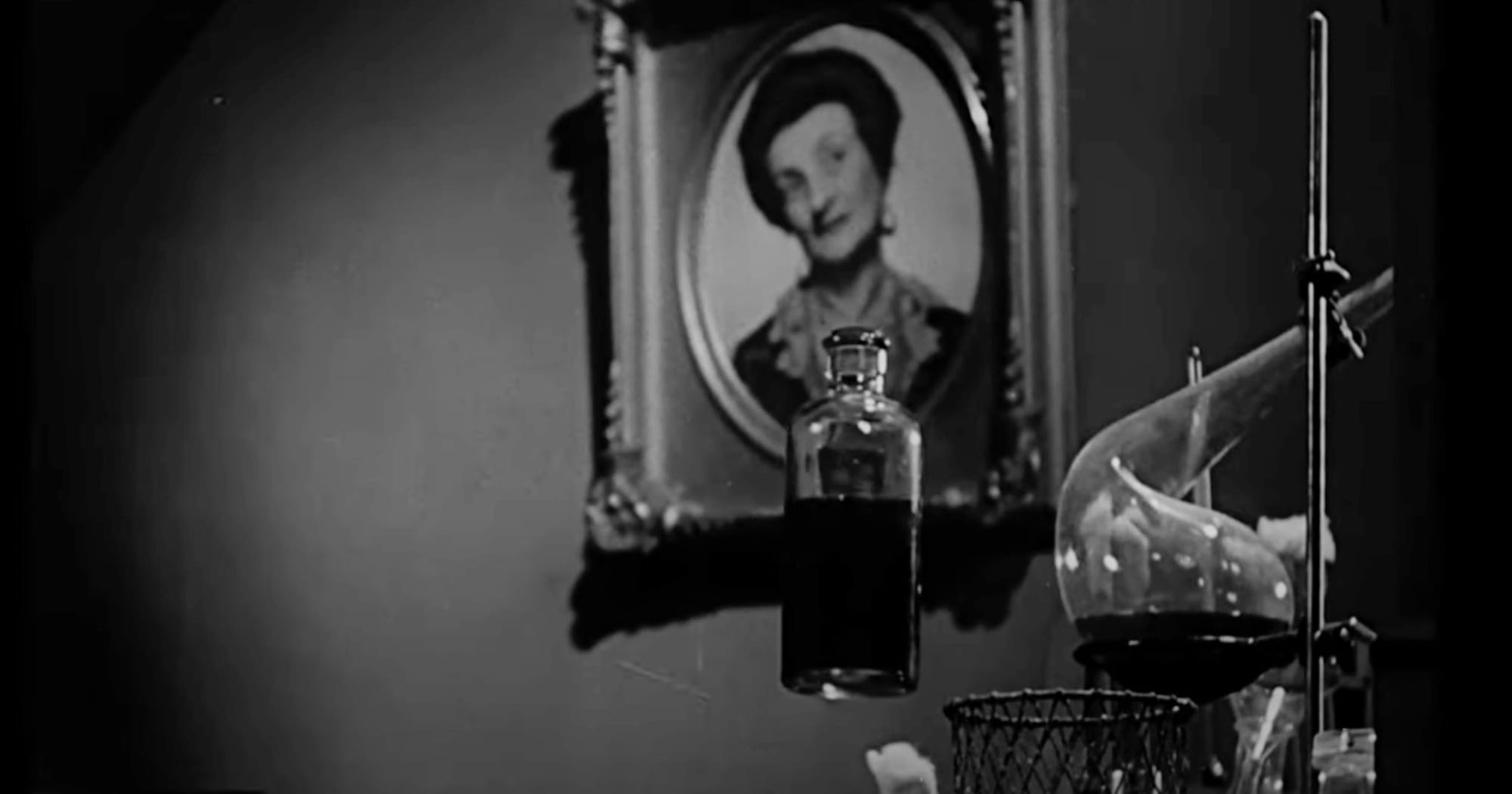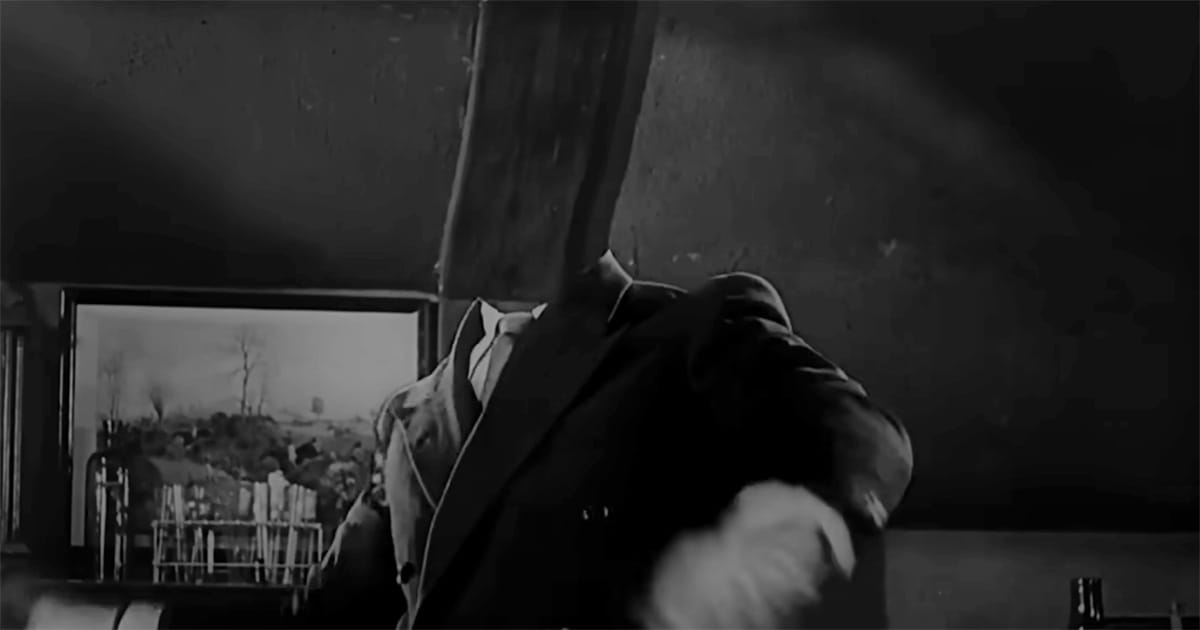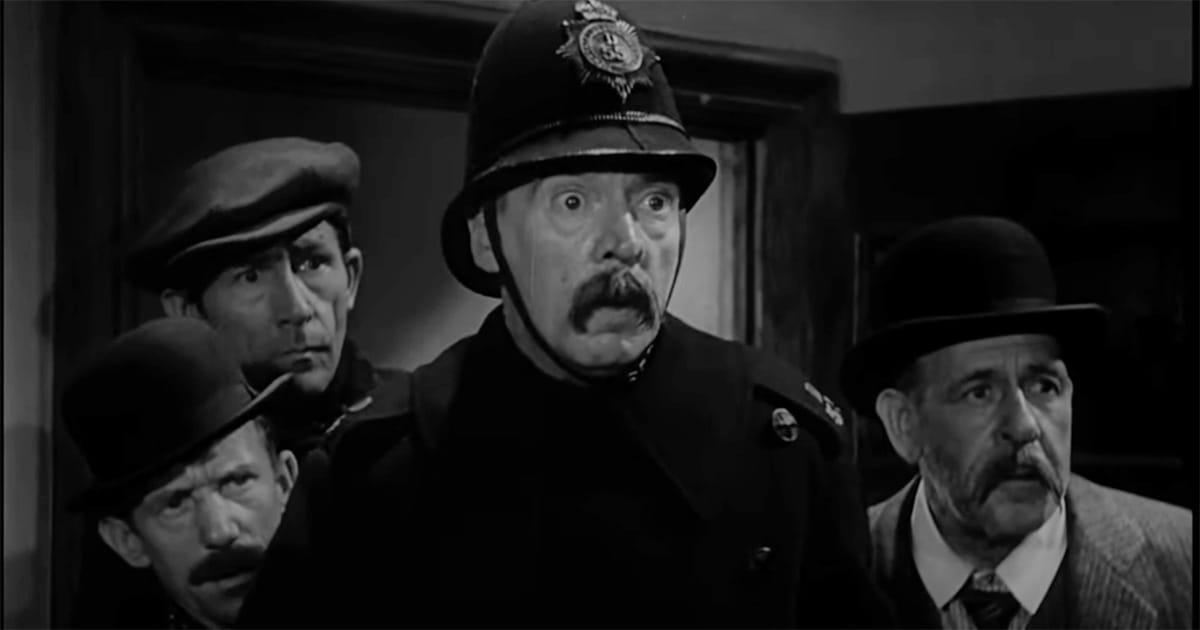The Age of the Unseen
A reflection on The Invisible Man (1933) and classic science fiction’s deeper theme—the unseen forces of knowledge, responsibility, and conscience that define the boundaries of human progress.

This Week in Classic Science Fiction
Ninety years ago this week, audiences were introduced to a new kind of story when “The Invisible Man” opened in American theaters. James Whale and H.G. Wells gave moviegoers a scientist who used discovery to escape the limits of his own nature. The result was not magic, but science taken beyond conscience. It was the moment when imagination met responsibility on screen.
“The Invisible Man” helped shape the moral backbone of science fiction. It asked what happens when a man’s reach exceeds his wisdom. That question would echo through later films that treated invention as both miracle and risk, from “The Day the Earth Stood Still” to “The Terminator.”
Each October, the calendar reminds us of that first leap into scientific storytelling. “The Invisible Man” did more than entertain. It defined the tension that drives classic science fiction. The belief that progress is good, but goodness must guide progress.
Sponsored by: Amazing Green Alien Head Sweatshirt

The Amazing Green Alien Head Premium Sweatshirt brings cosmic comfort to everyday wear. Its bright green design is bold enough to catch any Earthling’s eye and soft enough for long nights under strange skies. Warm, durable, and just mysterious enough, it proves that the best style sometimes comes from another planet.
How Classic Science Fiction Revealed the Limits of Knowledge
Science fiction has always reached for the stars, but it has also reached inward. Long before rockets or robots filled the screen, writers asked what happens when man begins to grasp forces he cannot see.
The unseen in science fiction is not only a mystery of the universe but a reflection of the unseen within man himself.
“The Invisible Man” arrived at the right moment to remind the world that invisibility often begins in the heart.
Early twentieth-century readers believed the future could be built with steel and science. In many ways, they were right. Yet the genre quickly learned that knowledge alone does not build civilization.
What holds a society together cannot be weighed or measured. It is made of duty, humility, and a sense of right and wrong that no laboratory can produce.
The Unseen Thread in Imagination
From H. G. Wells to Isaac Asimov, science fiction writers have worked with the invisible. They wrote of gravity, thought, and time—forces that cannot be touched yet shape every life. In their stories, the invisible becomes a stage for moral testing. The more a man sees, the more he risks forgetting what cannot be seen.

This thread runs through classic science fiction like a hidden current. Invisibility in Wells’s story was not only a scientific feat but also a symbol of the human desire to escape limitations. Other writers used similar devices to expose the same truth. The greatest danger to mankind was not what he could not see but what he refused to see in himself.
Knowledge and Its Shadow
Each new discovery casts a longer shadow. When men split the atom, they found power too great to hold without conscience. The same principle lies at the heart of every story of invention. Science is not the villain, but it reveals the character of those who wield it.
Classic science fiction understood that progress always brings a test. It asked whether the human spirit could rise as fast as the machines it made. In that question lay the moral backbone of the genre. Knowledge opens the door, but wisdom decides where to walk.
Vision Beyond Machines
Writers of the golden age saw technology as a tool, not an idol. Their stories carried faith in reason but also faith in restraint. They imagined futures where exploration demanded humility as much as courage. The unseen virtues mattered most, for they guided the use of power.
A man's worth in these tales was never measured by what he built, but by how he behaved when no one was watching.
That theme ran quietly through "The Invisible Man" and echoed through later works from "Forbidden Planet" to "2001: A Space Odyssey." These stories reminded audiences that progress without principle is a half-built world.

The Modern Mirror
Today, science reveals almost everything. Satellites map the globe, and data predicts our choices before we make them. Yet the unseen still governs the visible. Every line of code and every spark of energy carries an unseen intention behind it.
Modern audiences face the same dilemma that haunted the inventors of fiction in the past. We see further than ever, but seeing is not the same as understanding. The invisible boundaries of ethics and purpose remain the only safeguards worth keeping. In that sense, classic science fiction continues to speak to the present.
The Light We Do Not See
Science fiction has never been only about discovery. It is about what discovery reveals within man. The unseen elements of loyalty, courage, and conscience give meaning to every imagined future. Without them, progress becomes motion without direction.
The age of the unseen never ended. It lives on wherever invention meets morality. Science fiction's greatest cautionary tales are not anti-science, but pro-responsibility. They remind us that the truest light of knowledge shines not from machines but from the mind that learns to master itself.
“The Invisible Man” Trivia
- Claude Rains recorded most of his dialogue off camera while wearing heavy black velvet coverings so that only his voice could be captured cleanly during the optical effects shots.
- H. G. Wells published “The Invisible Man” in 1897, the same year Guglielmo Marconi demonstrated the first wireless telegraph. Both works explored unseen forces that would shape the modern world.
- Director James Whale insisted that the story remain grounded in science rather than fantasy, making "The Invisible Man" one of the first major films to treat the laboratory as a dramatic setting, rather than a backdrop.

